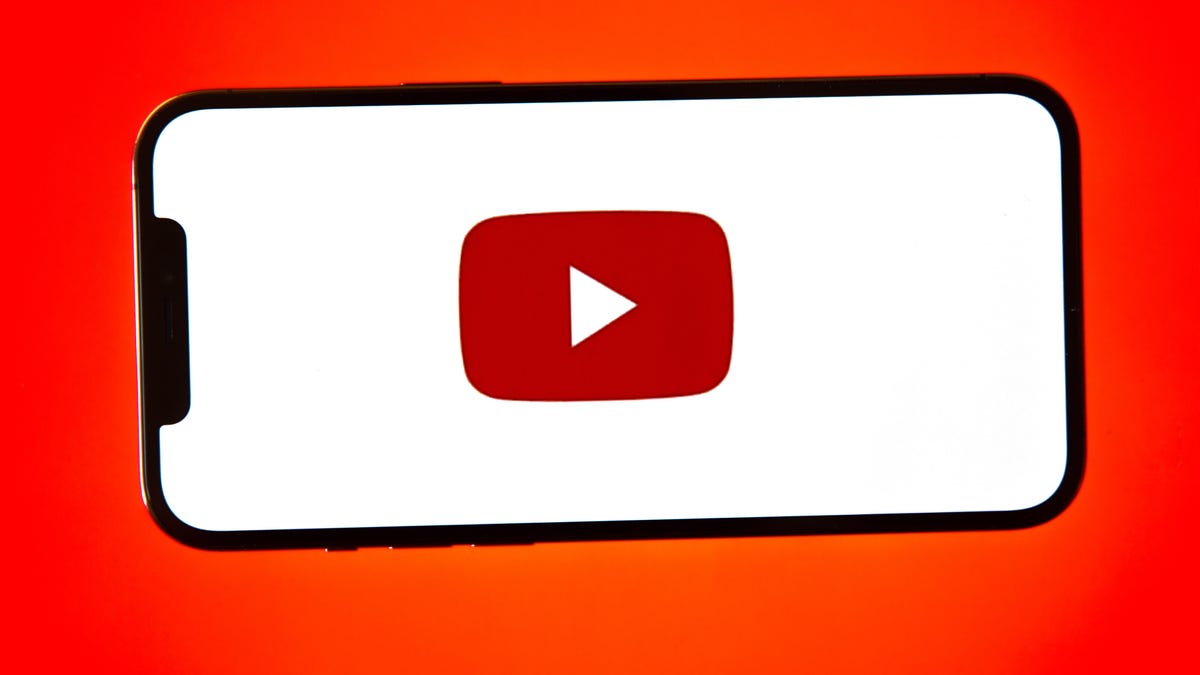YouTube hides dislike count in new test
The company says the move is in response to "creator feedback around well-being."

YouTube is trying something new with dislikes.
YouTube on Tuesday said it's testing new designs that hide the number of dislikes on a video from public view. People in the test group will start seeing the new designs in the coming weeks, the company said.
"In response to creator feedback around well-being and targeted dislike campaigns, we're testing a few new designs that don't show the public dislike count," YouTube said in a tweet. "If you're part of this small experiment, you might spot one of these designs in the coming weeks (example below!)."
👍👎 In response to creator feedback around well-being and targeted dislike campaigns, we're testing a few new designs that don't show the public dislike count. If you're part of this small experiment, you might spot one of these designs in the coming weeks (example below!). pic.twitter.com/aemrIcnrbx
— YouTube (@YouTube) March 30, 2021
Creators will still be able to see how many likes and dislikes their content receives in YouTube Studio. Viewers who are part of the test will also still be able to like or dislike videos "to share feedback with creators and help tune the recommendations you see on YouTube," the company tweeted.
Already, people on Twitter have responded to the company's post to criticize the move.
"What about content that is objectively bad and harmful to people? Like scams etc?" one tweet reads.
"You are actually promoting bad content by hiding dislikes," another person tweeted. "That's what partially keeps people accountable and let's [sic] other viewers know if something is worth watching."
Another tweet reads: "the problem with websites that don't have dislike buttons is it's harder for people to get an idea of what's good and what's bad. like if twitter had a dislike button, you guys could see how much everybody hates this."
A handful of social media companies have recently made changes they say are part of an effort to tackle harassment. In 2019, Facebook and Instagram began experimenting with hiding likes among some users. Instagram also nixed its Following tab, which showed which posts and accounts people were engaging with. Still, some experts have been skeptical of Big Tech's motivations, saying those moves could be a matter of risk mitigation in the face of intense scrutiny. Social media companies have long been criticized for being addictive, harboring harmful content and fostering anxiety and depression, particularly among younger audiences.
See also: Hulu Plus Live TV vs. YouTube TV: Which live TV streaming service should you choose?

